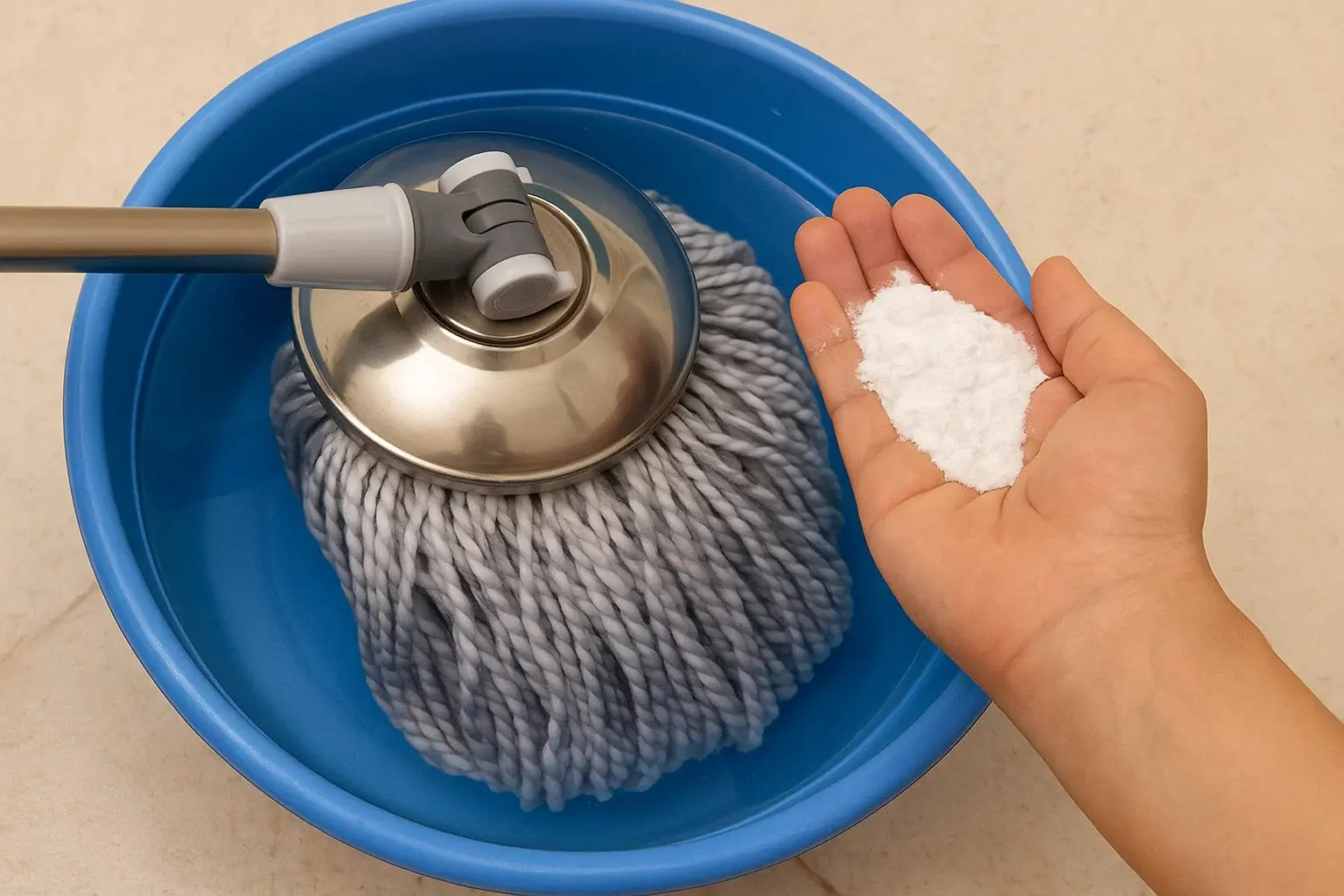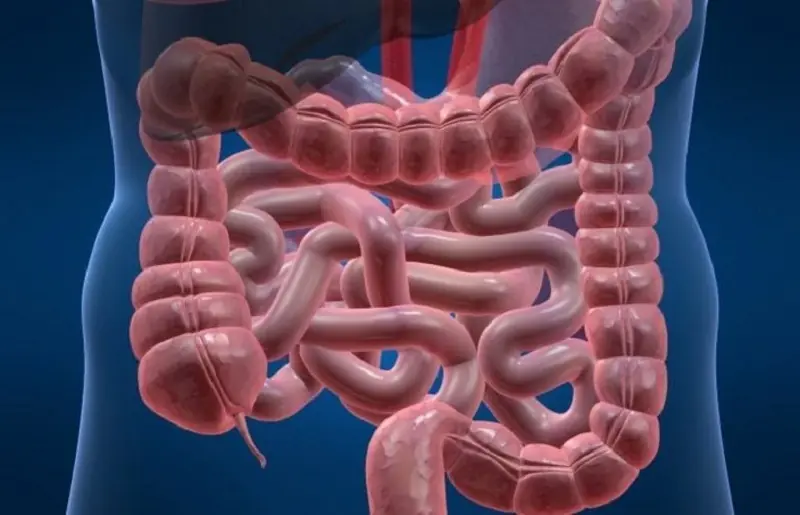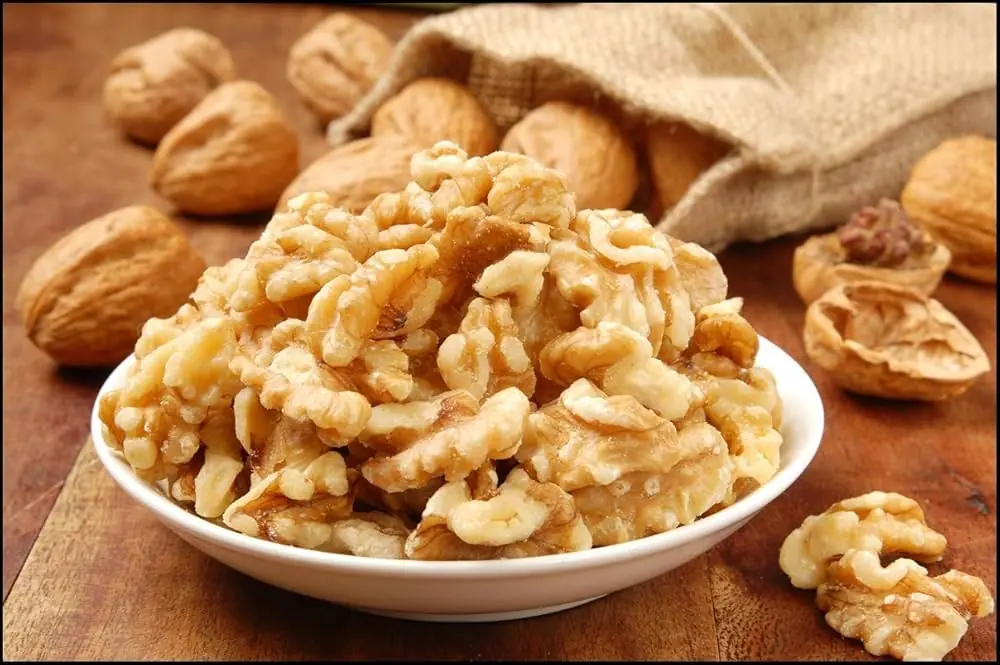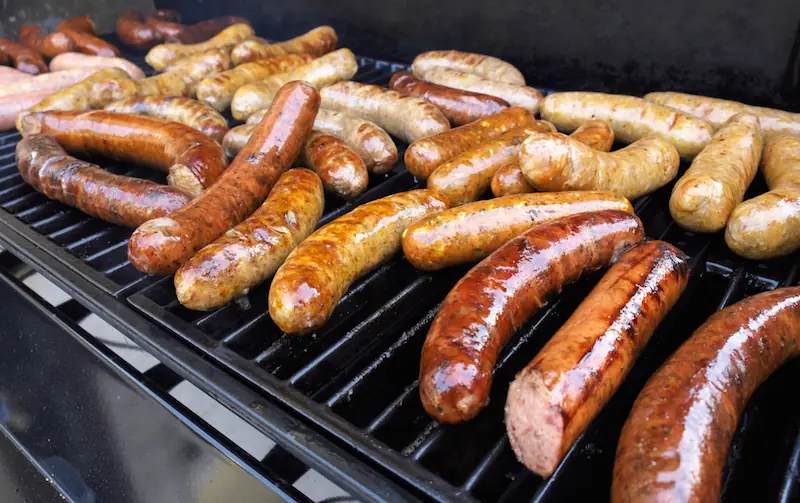
Here’s Why You Should Stop Storing Milk in the Refrigerator Door
It’s a habit many of us share—tucking the milk carton into the fridge door for quick morning access. But that easy-grab spot is one of the warmest and least stable zones, and it could be shortening your milk’s lifespan.
1. Temperature Fluctuations = Faster Spoilage
Each time the door opens, warm air sneaks in, and the door bins can briefly reach 6–7 °C (42–44 °F)—well above the ideal 0–4 °C (32–39 °F) range for dairy preservation. These temperature swings encourage bacteria growth and cause milk to spoil quicker
2. Increased Health Risk
Bacteria multiply far faster when milk warms up. Frequent exposure to these higher temperatures drastically raises the risk of deterioration and potential foodborne illness .
3. Wasted Milk = Wasted Money
In the UK alone, improper fridge storage contributes to households wasting around £250 worth of food per year. Using the fridge door for milk is a small change that can significantly reduce spoilage and save on waste
Best Practices for Storing Milk
- Place milk in the middle or lower shelves, back of the fridge — these maintain the steadiest, coolest temperatures
- Seal it tightly to minimize airflow, which can introduce bacteria and off-flavors
- Keep the fridge temperature between 0–5 °C (32–41 °F) and check it regularly
- Buy just what you need, and make milk the last item on your shopping list to avoid warm exposure
What Should Go in the Door Instead?
Door shelves are best reserved for less perishable items like condiments, juices, and soft drinks. These fare better amid frequent door openings and mild temperature shifts.
Final Takeaway
Your fridge door might be the easiest place to reach, but it’s one of the worst for storing milk. By moving it to a cooler, more stable shelf and following a few simple steps, you’ll help keep your milk fresher for longer—and reduce waste and risk.
News in the same category


Why should you keep some money behind your phone case?

Choose a Ring and Discover Your Deepest Personality Trait
Jewelry is more than just an accessory—it’s a reflection of who we are. The rings we choose can reveal not only our fashion sense, but also our emotions, values, and even the deepest aspects of our character.

If You Notice A Man With One Painted Nail, This Is What It Actually Means
The Powerful Meaning Behind One Painted Nail—A Global Movement You Should Know About

Rare Black Moon Phenomenon Will Darken the Skies This August—Astronomers Say You Can’t Miss It
The August Black Moon provides an opportunity to step outside, look up, and reconnect with the rhythms of the universe.

Why do hotels always have a cloth across the bed?

URGENT WARNING: Hurricane Erin Strengthens to Rare Category 5 With ‘Catastrophic Damage’ Threat
Experts urge residents in vulnerable regions to remain vigilant, take official warnings seriously, and prioritize safety above all else.

15 Things You Should Never Plug Into A Power Strip

The HEALTHIEST FRUIT on Earth: what happens to your body if you eat just 3 a day...

Add This To The Water Your Floors Will Remain Clean For Weeks
With just a few simple ingredients you likely already have at home, you can transform your cleaning routine and enjoy a healthier, cleaner living space

Sensitive new details revealed after government papers were left behind at Trump-Putin meeting

Police recover $30,000 worth of stolen Labubus from California home in bizarre heist

Reasons Why Dogs Smell Your Crotch

What Your Palm Lines Say About Love and Marriage

Never Ever Say These 4 Things at a Funeral — No Matter the Situation
When it comes to funerals and expressions of sympathy, your words don’t need to be profound or poetic.

The Hidden Meaning Behind Leg-crossing — It’s More Than Just Comfort

How To Properly Dispose of Ticks

Why Do You Keep Waking Up Between 3 and 5 A.M.? Causes, Explanations, and What It Means for Your Health
News Post

lacing these 3 things on top of the fridge will cause wealth to disappear, no matter how much you have.

Buying bananas: Wise people turn away when they see these 3 types, while foolish ones grab them just because they’re cheap

Don’t soak frozen meat in plain water. According to chefs, there’s a way to defrost it in just 5 minutes while keeping it delicious.

Water heaters have a hidden 'switch.' Any household that knows how to open it can use it for 10 years without worrying about damage or high electricity bills

Mix white salt with fabric softener, solve many household problems, and save a lot of money.

Apply this on a knife, and no matter how dull it is, it will become razor-sharp and shiny, without needing a whetstone.

Inside the washing machine, there’s a ‘small box’ with an incredibly powerful function: Not knowing how to use it is such a waste.

Why Some Women Lose Their Desire: 4 Avenues to Explore

Why should you keep some money behind your phone case?

If You Have Colon Polyps, These 4 Signs While Using the Toilet May Appear – See a Doctor Before It’s Too Late

From age 65, how often should you shower (and why over-washing can be harmful to your health)

What’s the Secret to Becoming a Super-Ager?

Coffee, Cookies, and Cheese Recalled From Major Retailers in Multiple States

H. Pylori Fears These 5 Foods the Most — Eat Them to Protect Your Stomach

Woman Unveils 5 Colon Cancer Symptoms You Must Never Ignore
Colon cancer is often called the “silent disease” because its warning signs are easy to dismiss. One Texas mother, Radwah Oda, is now sharing her painful journey in hopes of saving others from making the same mistake.

The Silent Killer" That Causes Brain Shrinkage — Yet Parents Still Feed It to Their Children Daily

Mother and Child D:ie From Liver Cancer — Doctors Reveal 3 Ingredients That Should Never Go Into Porridge
The story of the mother and child stands as a haunting reminder that the smallest choices in the kitchen can carry lifelong consequences.

Proven Health Benefits of Walnuts, How Many to Eat, and More (Science Based)

The Most Dangerous Foods: Unpacking the Risks of Processed Meat
